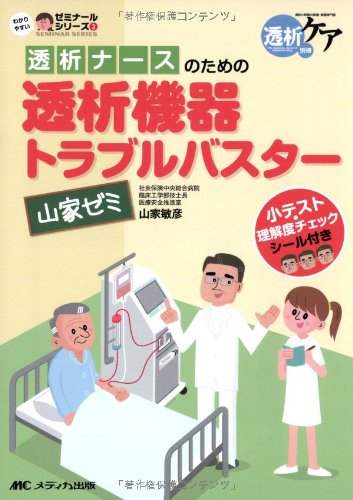1 0 0 0 OA 慢性血液透析患者における運動療法の効果 ―血液透析中の血圧低下と自覚症状に関する検討―
- 著者
- 山家 敏彦 張 光哲 赤池 真 露木 和夫 野村 正征 長谷 弘記 海老根 東雄
- 出版者
- 社団法人 日本腎臓学会
- 雑誌
- 日本腎臓学会誌 (ISSN:03852385)
- 巻号頁・発行日
- vol.26, no.4, pp.399-406, 1984 (Released:2010-07-05)
- 参考文献数
- 24
In eight chronic hemodialysis patients, the effects of 7.4±2.6 months of exercise training on hemodialysis-induced hypotension and subjective complaints during hemodialysis therapy were studied. The evaluation was obtained through (1) comparing the exercise tolerance, dry weight, cardio-thracic ratio, hematocrit level, hemoglobin level, BUN level, serum creatinine level before and after training, (2) comparing frequency of hemodialysis-induced hypotension, frequency of normal saline infusion during hemodialysis therapy, and subjective complaints during hemodiolysis therapy before and after training. Exercise training resulted in increase in maximal oxygen consumption from 19.17±4.22 ml/kg/min. to 21.52±4.94 ml/kg/min. (p<0.05), in increase in hematocrit level from 22.1±4.2 % to 25.2±4.8 % (p <0.01), and in increase in hemoglobin level from 7.7±1.0 g/dl to 8.4±1.5 g/dl (p<0.05). With exercise training, the frequency of hemodialysis-induced hypotension decreased from 30.5 % to 12.9 % (p<0.05), frequency of normal saline infusion during hemodialysis therapy decreased from 34.5 % to 14.3 % (p<0.05), and frequency of complaining palpitation decreased from 5.2 % to 0.0 % (p <0.05). The decreased frequency of hemodialysis-induced hypotension, normal saline infusion, and complaining palpitation through exercise training may be due to improvement of peripheral circulation and/or increased hematocrit level. These findings suggest that subjective complaints, which are caused by hemodialysis-induced hypotension, will be decreased by exercise training.
